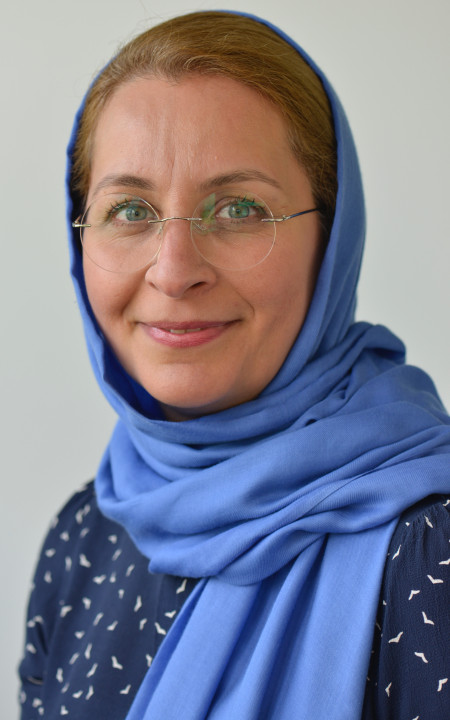
Dr Hedieh Jazaeri
Senior Lecturer In Mechanical Engineering
School of Engineering & Innovation
Biography
Professional Biography
Hedieh completed her PhD in the recrystallization of highly deformed aluminium alloys at the University of Manchester in 2003. Following her PhD, she worked as a Post-Doctoral Research Associate (PDRA) at the University of Manchester for two years, where she investigated the effect of initial grain size on microstructural development during the cold rolling deformation of a single-phase aluminium alloy. She also researched dynamic grain growth in this alloy after deformation using plane strain compression at low temperatures and varying strain rates.
In 2005, she joined Oxford Instruments Analytical plc (Nanoanalysis sector) as an Application Specialist. In 2010, she returned to academia as a Research Fellow at the Open University. She was appointed as a lecturer in Mechanical Engineering in 2017 and then promoted to senior lecturer in 2020.
Research Interests
Hedieh's research interests primarily focus on assessing structural integrity, specifically through material characterisation. She is particularly engaged in evaluating creep damage to extend the lifespan of engineering components used in safety-critical applications. This work involves utilising Small Angle Neutron Scattering (SANS) at the central neutron facilities such as ISIS, ILL, and HZB. Also using in-house characterisation facilities such as Scanning Electron Microscopy (SEM), Electron Backscatter Diffraction (EBSD), Energy-Dispersive X-ray Spectroscopy (EDX) and Digital Image Correlation (DIC).
Teaching Management Role
Qualification Lead for Undergraduate Engineering (BEng and MEng)
Teaching Roles
Hedieh's teaching interests are varied and include the following:
| Module | Title | Role |
|---|---|---|
| T229 | Mechanical engineering: heat and flow |
Production and presentation chair (2018- current) |
| T192 | Engineering: origins, methods, context | Production and presentation team member |
| T193 | Engineering: frameworks, analysis, production | Production and presentation team member |
| T194 | Engineering: mathematics, modelling, applications | Production team member |
| T271 | Core Engineering A | Production team member |
|
T272 |
Core Engineering B |
Production team member |
|
T276 |
Engineering: professions, practice and skills 2 |
Tutor |
Projects
The Physics and Mechanics of Creep Cavity Nucleation and Sintering in Energy Materials
The research project will study the physics and mechanics of creep cavity nucleation and the reverse process of healing by sintering in polycrystalline materials for energy applications using both modelling and experimental approaches. The experimental work will focus on a model single phase material (high purity copper), a simple particle strengthened material (Type 316L stainless steel), a more complex austenitic stainless steel (Type 316H) and a superalloy (IN718). An array of state-of-the-art experimental techniques will be applied to inform the development of new physics-based cavity nucleation and sintering models for precipitation hardening materials. Once implemented in mechanical analyses, and validated, such models will form the basis for development of improved lifetime assessment procedures for high thermal efficiency power plant components.
Publications
Journal Article
Stress driven creep deformation and cavitation damage in pure copper (2022)
An Investigation into Creep Cavity Development in 316H Stainless Steel (2019)
Study of cavities in a creep crack growth test specimen (2016)
Multiscale 3D analysis of creep cavities in AISI type 316 stainless steel (2015)
Study of creep cavitation in stainless steel weldment (2014)
Static and dynamic grain growth in single-phase aluminium (2006)
Quantifying recrystallization by electron backscatter diffraction (2004)
Presentation / Conference
Correlation Between Thermal Desorption Spectrum Features and Creep Damage (2020)
Study of creep cavitation through creep life (2015)
Study of creep cavitation in a stainless steel weldment (2012)
The Recrystallization of a highly deformed Al-Fe-Mn alloy (2001)